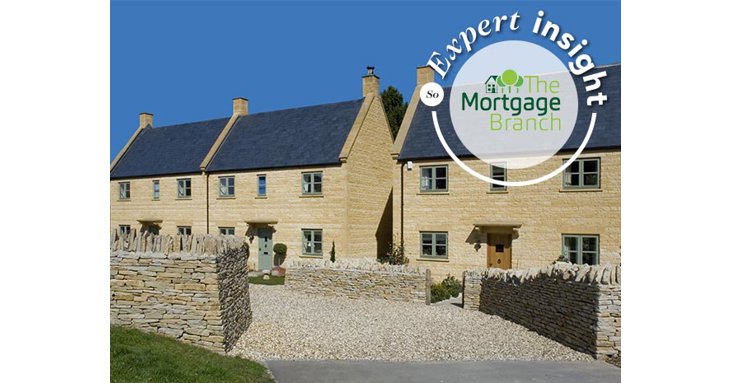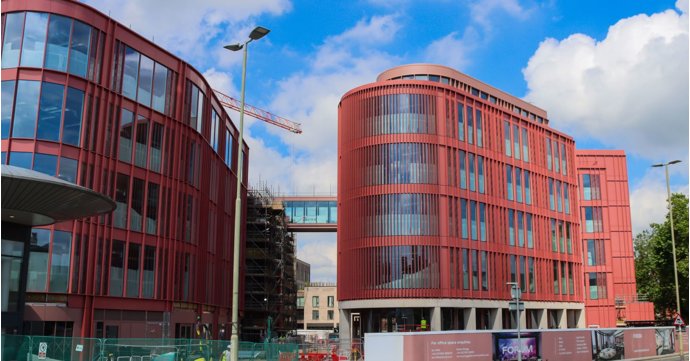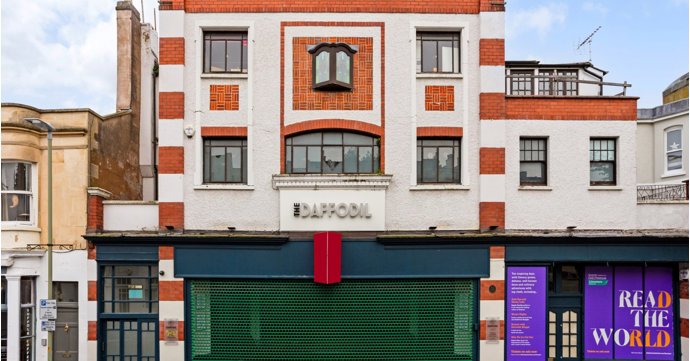If your mortgage rate is coming to an end and you want the best deal for your money (who wouldn’t), then look no further, as SoGlos finds out everything you need to know about remortgaging.
Based in Cheltenham and working across the South West, The Mortgage Branch is an independent mortgage broker, with a team of highly experienced staff who can offer friendly and accurate advice.
Co-founder and director of The Mortgage Branch, David Knight, spoke to SoGlos about everything you need to know about the remortgaging process, and explains how you could potentially save thousands of pounds too.
For more information, visit themortgagebranch.co.uk directly.
What is remortgaging?
Remortgaging is when you move your mortgage onto a new deal or to a new lender. In the main, this will normally take place when you come to the end of a preferential rate that you took out some years earlier, for example your current fixed rate mortgage will be ending soon and you need to move the mortgage to new preferential rate.
What are the main reasons for remortgaging?
The main reason for remortgaging is to secure a better deal than you would have available with your current lender, or to prevent moving onto the lender’s Standard Variable Rate (generally the highest rate a lender offers). There are other reasons, but these will be specific to someone’s circumstances e.g. borrowing more, divorce/separation etc.
Is there a better time of the year to remortgage?
There is no period of year where it is better to remortgage as the timing is entirely dependent on when the current rate comes to an end, or something significant takes place in your life that may require you to investigate remortgaging. If you are coming to the end of your current rate, my advice would be not to delay and be proactive in sourcing a new mortgage rate.
How far in advance should you think about remortgaging?
I would suggest looking into your remortgage options five to six months in advance. This will give you time to source the best rate on offer to you, get a mortgage application completed, overcome any hurdles, if there are any, obtain a mortgage offer well in advance and then complete the remortgage fully without having to go onto your existing lenders Standard Variable Rate for any time at all.
It also allows you time to straighten out any financial issues, pay down some debt if needed, organise paperwork, review your credit report etc – which are all very useful things to do in preparation for re-mortgaging.
Is remortgaging something people should consider doing often?
I would only recommend remortgaging when it is beneficial for you to do so. If you are coming to the end of your preferential rate then definitely look to remortgage, if you have a life changing event then it is worth looking into, and if you are on a particularly high fixed rate and interest rates drop dramatically then I would recommend reviewing it. But, I would not say that it is something that is worth doing ‘often’, more when it becomes necessary.
If you remortgage within your current fixed term rate, for example, then you may be charged an exit fee from your lender and this may negate the benefit of re-mortgaging. This exit fee ends when your current deal ends hence re-mortgaging at the end of your current deal.
What is the difference between a tracker and fixed-rate mortgage?
A fixed rate mortgage is where the rate, and therefore your payments, stay the same for a fixed period e.g. two years. The benefits to fixed rates are that you know exactly what your payments will be for that period and you are able to confidently budget. One negative is that in periods where interests fall, you do not benefit from these falls.
A tracker rate mortgage will normally follow the Bank of England base rate i.e. it will increase and fall in line to changes to the base rate. Lenders will add an additional rate to the base rate and therefore, the rate you pay will be priced slightly above the Bank of England base rate.
These rates are normally cheaper than fixed rates, and will reduce should the base rate reduce, but will also go up if the base rate increases so could potentially become more expensive than the corresponding fixed rate over time.
What advice would you give to people who have used the Help to Buy scheme and need to remortgage?
I would advise them to come and speak to a mortgage broker. Prior to this there were only a few lenders that would look at taking on remortgage customers with an existing Help to Buy equity loan – many people were therefore stuck with their current lender.
The number of lenders who are now accepting Help to Buy remortgage customers is starting to increase as lenders start to understand the equity loan impact at the stage where customers need to remortgage. A mortgage broker will be able to confidently source the right lender who will accept you and will be able to advise the best route forward. It may also be the case that you are in a position to pay off the equity loan by borrowing more against your property, but a good broker will advise you of all the options available.
Finally, what are the benefits of using a mortgage broker?
The key benefits are that a broker has access to a wide variety of lenders, they can accurately assess your circumstances, they have knowledge of a wide range of lender criteria, will invariably save you time and stress, and are able to advise the best possible rate with the best lender for your circumstances. When it comes to remortgaging, they will also be able to ensure that you achieve the best possible rate and outcome like the example below.
I recently helped a client to remortgage who had never used a broker previously. They were reticent to begin with as they were simply going to remain with their current lender, as they had done for the previous 12 years.
They did not see the value in paying my fee at the outset and confirmed that if I could save them my fee over the coming years then they would be happy to engage my services. I happily accepted the challenge.
Using the best rate available that had been offered by the current lender as an existing borrower, I then had to find a better rate in the market with a lender that would accept the client based on their personal situation and income levels. I was able to source a broker only rate (a cheaper rate than the lender offers to the general public) and the outcome was to save the client £4,500 over the next five years!
They happily paid my fee and also received £500 cashback from the lender one month after completion. One very happy customer and one who will never again simply tick the box of the follow-on rate option sent by the lender.
For more information, visit themortgagebranch.co.uk directly.


















